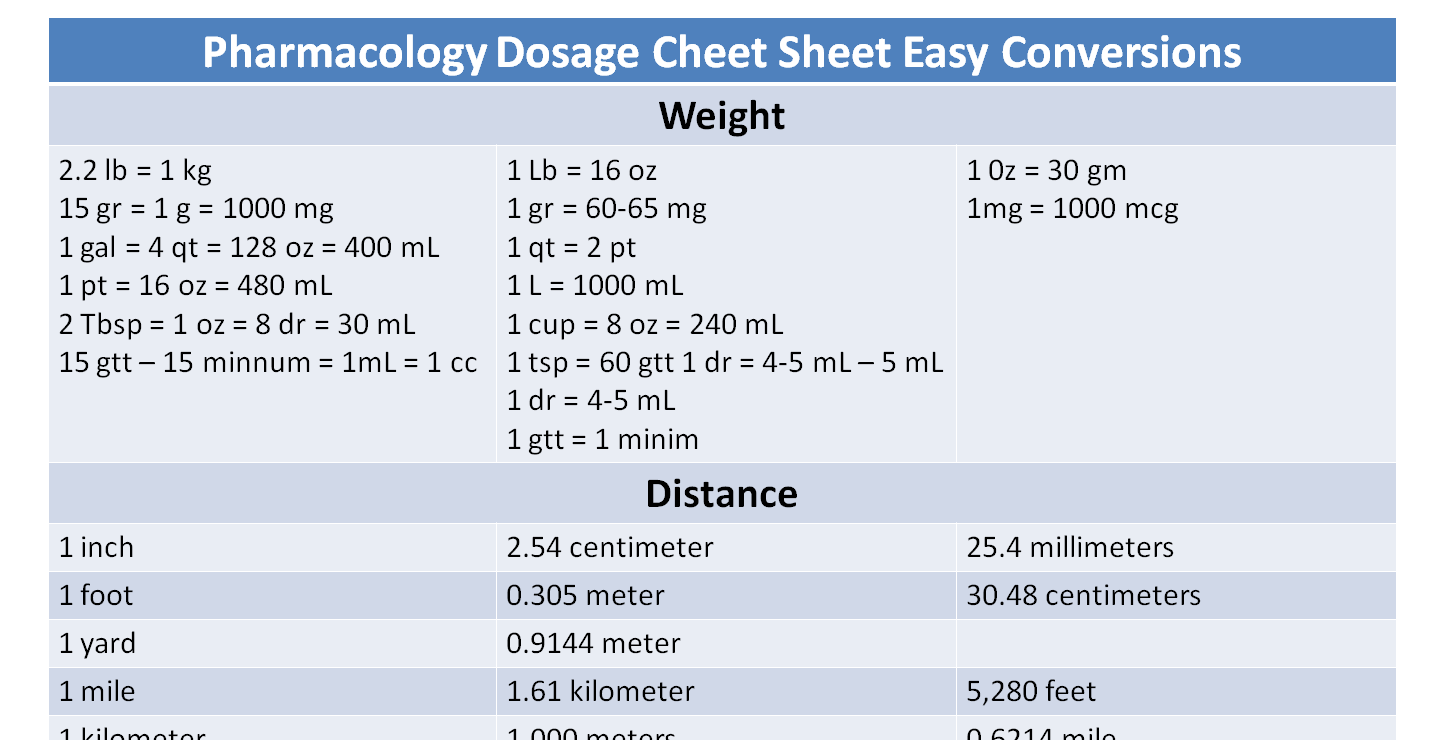

It is named after British mathematician and physicist William Thomson Kelvin, who proposed it in 1848. No studies were detected that reported the incidence of medication calculation errors by student nurses in. The kelvin is the base unit of temperature in the International System of Units (SI). The Kelvin scale is mainly used for scientific temperature measurement because it allows many physical laws and formulas to be expressed more simply.

Place information with the same label as the preceding denominator into. Place mL in the numerator and 0.25 mg in the denominator. In this example, we know that the drug concentration available is 0.25 mg/mL. Zero kelvin (written 0k) corresponds to −273.15☌ on the Celsius temperature scale. Step 2: On the right side, place the information given with the same label needed in the numerator. The Kelvin scale is related to the Celsius scale but is conventionally written without the degree symbol. The Kelvin scale is defined using the third law of thermodynamics. The zero point of the Kelvin scale is absolute zero, which is the theoretical temperature at which molecules of a substance have their lowest kinetic energy and cannot get any colder. The Kelvin temperature scale is called an absolute temperature scale because it begins at zero and progresses in only one direction (there are no negative temperatures in the Kelvin scale). Above -40°, Fahrenheit temperatures are always higher than corresponding Celsius temperatures, and below -40°, Fahrenheit temperatures are lower than the corresponding Celsius temperatures. The Celsius and Fahrenheit scales meet at -40°. To convert Celsius to Fahrenheit, take the Celsius temperature and multiply it by 1.8, then add 32 to obtain the temperature in degrees Fahrenheit. To convert Fahrenheit to Celsius, take the Fahrenheit temperature and subtract 32, then multiply this number by 5, then divide the answer by 9 to obtain the temperature in degrees Celsius. The Fahrenheit scale for temperature is only used in the United States and its associated colonies, although Canada still retains it as a supplementary scale.
MEDICATION MATH CALCULATOR FREE
These are often supplied free with liquid medicines, but, if not, can be bought from a pharmacy and most supermarkets. This is why you should always use a dosing cup, syringe, or measuring spoon. Measuring a dose with the cutlery you use to eat with will likely result in either an underdose or an overdose of the medicine. In fact, actual teaspoon volumes can range from 2.5mL to 7mL. Teaspoons and tablespoons are NOT official measurements and most of the silverware and cutlery that you use to eat is not standardized to the same volume. Using a kitchen spoon to measure a dose of medicine is NOT a good idea unless it has been properly calibrated or sold as a kitchen measure. How many ml in a teaspoon? How many fluid ounces in one liter? Trying to measure a liquid without a proper measure or converting information from the imperial to metric systems can be confusing.Īnd the answer may not be as straightforward as saying one teaspoon equals 5mL. The pharmacy sends a vial with a label '10 mg/mL.

MEDICATION MATH CALCULATOR PROFESSIONAL
These formulas will provide a simple and concise method for accurate computation using basic calculations.Calculate This tool should NOT be considered as a substitute for any professional medical service, NOR as a substitute for clinical judgement. A health care provider (HCP) prescribes 8.0 mg IM of a medication. How many mL will you need to administer a 0.5 mg dose The drug concentration available from the pharmacy is digoxin 0.25 mg/mL. Quantity of Ibuprofen is 500 mg in 1 cc, how much will you administerĪdminister digoxin 0.5 mg IV daily. Physician orders 1500 mg of liquid ibuprofen for a patient. Physician orders 500 mg of ibuprofen (desired Dose) for a patient and you have 250 mg (Quantity on Hand) tablets (Quantity of solution) on hand. Nurses can practice to become proficient in that method.To use this formula, divide the desired amount by the amount on hand and multiply by the volume or quantity. This is traditional formula and dimensional analysis. The Quantity (Q) is the form and amount in which the drug is supplied (i.e. The amount on hand (H) is the dose on the container label. In the universal formula, the desired dose (D) is the dose prescribed by the provider. Medication (Universal Formula) Calculation :


 0 kommentar(er)
0 kommentar(er)
